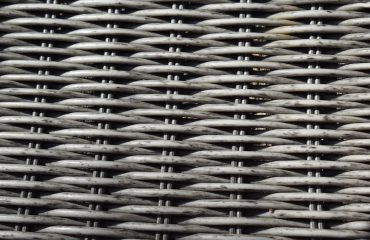body { font-family: sans-serif; line-height: 1.6; }
h1, h2, h3 { color: #333; }
code { background-color: #f0f0f0; padding: 2px 4px; border-radius: 4px; }
API 5L is a globally recognized standard for line pipes used in the oil and gas industry. Understanding its intricacies is crucial for anyone involved in the design, manufacturing, procurement, or inspection of pipelines. This comprehensive guide will delve into the key aspects of API 5L, providing a clear and concise explanation for both novices and experienced professionals.
Understanding API 5L’s Scope and Applications
API 5L, officially titled “Specification for Line Pipe,” defines the requirements for seamless and welded steel line pipe intended for the conveyance of petroleum, natural gas, and other similar fluids. Its scope encompasses various aspects of pipe manufacturing, including material specifications, dimensional tolerances, testing procedures, and marking requirements. API 5L pipes are critical infrastructure components in onshore and offshore pipelines, transporting vital resources across vast distances. The standard’s widespread adoption ensures consistent quality and reliability, minimizing risks associated with pipeline failures.
API 5L Pipe Grades and Their Properties
API 5L specifies numerous grades of line pipe, each designed for specific applications and operating conditions. These grades are categorized based on their yield strength, tensile strength, and other mechanical properties. For instance, grades like X42, X52, X60, X70, and X80 represent increasing yield strengths (in ksi – kilopounds per square inch). Higher grade pipes are typically used in high-pressure applications or where greater strength is required. The selection of the appropriate grade depends on factors such as pipeline pressure, diameter, temperature, and the nature of the transported fluid. Understanding these grade variations is crucial for ensuring the long-term integrity and safety of the pipeline system.
Manufacturing Processes and Quality Control
API 5L compliant line pipes undergo rigorous manufacturing processes and quality control checks. Seamless pipes are produced through hot-rolling and piercing processes, while welded pipes are manufactured using various techniques, including electric resistance welding (ERW) and submerged arc welding (SAW). Regardless of the manufacturing method, each pipe must meet stringent dimensional tolerances and undergo extensive testing to ensure compliance with API 5L specifications. These tests include tensile testing, bend testing, hydrostatic testing, and non-destructive testing (NDT) methods such as ultrasonic testing (UT) and radiographic testing (RT) to detect any flaws or defects. This rigorous quality control ensures the pipes meet the required strength, toughness, and ductility for safe and reliable operation.
Testing and Inspection Procedures in API 5L
The testing and inspection procedures detailed in API 5L are critical for ensuring the quality and integrity of the line pipes. These procedures cover various aspects, including material testing, dimensional checks, and non-destructive testing (NDT) methods. Material testing ensures that the chemical composition and mechanical properties of the steel meet the specified requirements. Dimensional checks verify that the pipe’s dimensions, such as outside diameter, wall thickness, and length, conform to the specified tolerances. NDT methods, including ultrasonic testing (UT), radiographic testing (RT), and magnetic particle testing (MT), are used to detect any internal or external flaws or defects that could compromise the pipe’s integrity. The results of these tests are documented and reviewed to ensure compliance with the API 5L standard before the pipes are approved for use.
Importance of API 5L in Pipeline Safety and Reliability
Adherence to the API 5L standard is paramount for ensuring the safety and reliability of pipelines. The stringent requirements outlined in the standard help minimize the risk of pipeline failures, which can have devastating environmental and economic consequences. By using API 5L compliant pipes, operators can ensure that their pipelines are capable of withstanding the pressures and stresses associated with transporting fluids. The standard’s emphasis on quality control and testing helps identify and address any potential defects before they lead to failures. Furthermore, compliance with API 5L contributes to the overall longevity and efficiency of pipeline systems, reducing the need for frequent repairs and replacements.
In conclusion, understanding the API 5L standard is crucial for anyone involved in the oil and gas industry. Its comprehensive requirements ensure the safety, reliability, and longevity of pipeline systems worldwide. By adhering to this standard, operators can minimize risks, optimize performance, and contribute to a more sustainable and efficient energy infrastructure.
SEO-Friendly Tags:
- API 5L
- Line Pipe Standard
- Steel Line Pipe
- Pipeline Safety
- Oil and Gas Pipelines




